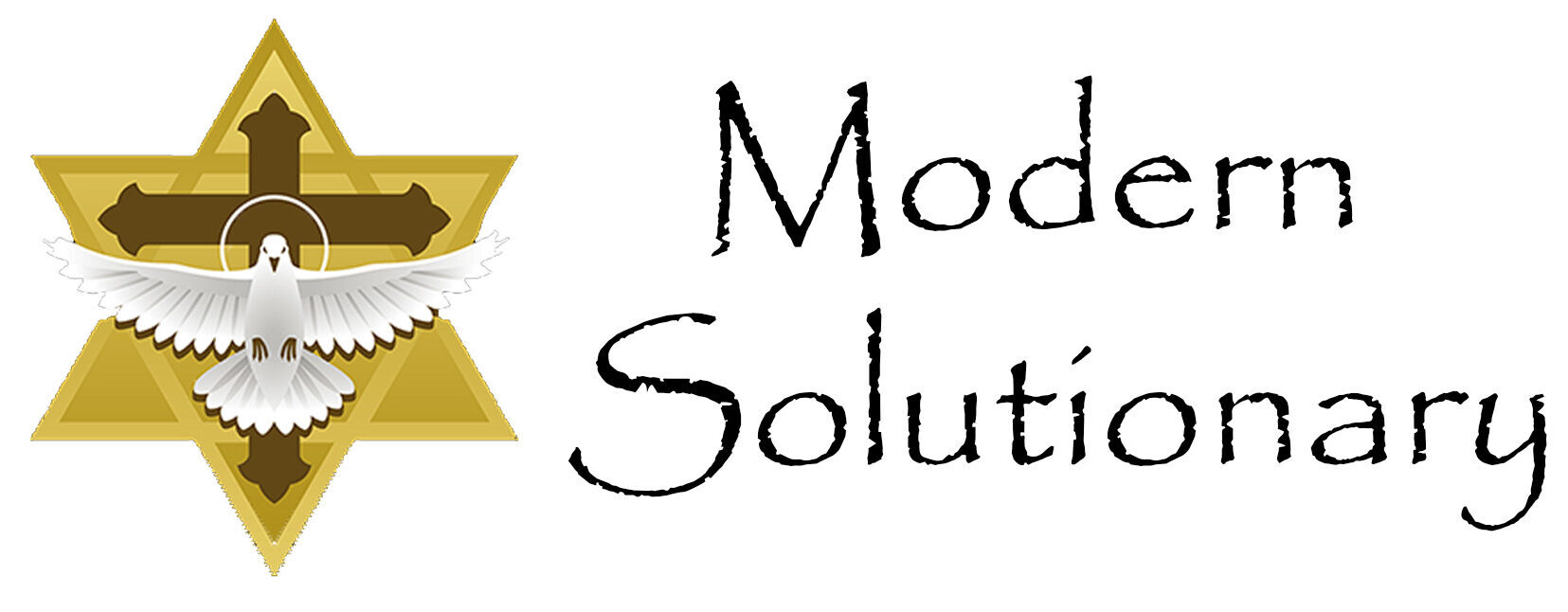
The Didache, also known as “The Teaching of the Twelve Apostles” or “The Lord’s Teaching to the Gentiles by the Twelve Apostles,” is an early Christian text that is believed to have been written in the 1st or 2nd century AD. The exact author of the Didache is unknown, and it is considered to be a work of patristic literature from an anonymous Apostolic Father, such as St. Clement of Rome (the fourth Pope), St Ignatius of Antioch, of St. Barnabas.
The Didache was lost for centuries and was only known through references in other early Christian works until a Greek manuscript of it, written in 1056, was discovered in 1873 in Istanbul by the metropolitan Philotheos Bryennios¹. He published it in 1883. This document provides insight into the early Christian community’s practices and teachings, including ethics, rituals, and church organization. It is considered one of the oldest surviving pieces of Christian theological literature and reflects the transition of Jewish Christians adapting their practices for Gentile converts.
The Didache served as a significant teaching tool for early Christian leaders, including those who would be considered the first Catholic priests. It is effectively the oldest extant written catechism and provided both moral and liturgical instruction. The Didache includes the oldest recorded Eucharistic prayers and offers guidance on various aspects of church life, such as baptism, fasting, prayer, and how church services should be conducted, such as confessing your sins before receiving the holy Eucharist, which is still present in today’s Mass.
It was so instrumental that some of the early Church Fathers considered it to be part of the New Testament canon. The document is a manual of church order and practice, reflecting the moral teachings and liturgical practices of the early Christian community. It was used to instruct new converts and to guide the moral and liturgical life of the church, making it an essential resource for early Christian clergy in their pastoral and liturgical roles.
The first five oldest Christian denominations, based on historical development and traditional claims, are generally recognized as:

- Catholic Church: Traces its history to the apostolic community formed by Jesus and the Apostles in Jerusalem. Traditionally, the Catholic Church considers its origin to be the ministry of Jesus Christ, which is dated to around AD 30. The official beginning of the Roman Catholic Church as an institution is often marked by the papacy of Gregory I in AD 590.

- Eastern Orthodox Church: Also claims apostolic succession from the early Christian communities established by the Apostles. The Eastern Orthodox Church also traces its origins back to the ministry of Jesus and the Apostles. The Great Schism of AD 1054 is typically considered the formal start of the Eastern Orthodox Church as a separate entity from the Western Church.
- Oriental Orthodox Church: Includes national churches like the Coptic Orthodox Church of Alexandria, which also claim to have been founded by the Apostles. The Oriental Orthodox Churches consider their beginnings to be tied to the early Christian communities established by the Apostles. They formally separated from the rest of the Catholic Church after the Council of Chalcedon in AD 451.

- Church of the East: Sometimes referred to as the Nestorian Church, with roots in the early Christian communities of the Middle East. The Church of the East organized itself in AD 410 at the Council of Seleucia-Ctesiphon as the national church of the Sasanian Empire. It claims apostolic succession back to the Apostolic Age.

- Anglican Communion: Originated with the Church of England, which separated from the Roman Catholic Church in the 16th century. The Anglican Communion, originating with the Church of England, began to develop its separate identity in the 16th century, particularly when Henry VIII broke away from the Roman Catholic Church in AD 1534.
These denominations have developed different paths over centuries due to theological differences, reform movements, and cultural influences. They represent some of the earliest branches of Christianity that have continued to this day, each with its own unique history and tradition. It is believed that their early leaders would have been universally trained by the same teachings found in the Didache.
If this is my last post, I want all to know there was only one purpose for all that I have written; to have made a positive difference in the lives of others.
Anthony “Tony” Boquet, the author of “The Bloodline of Wisdom, The Awakening of a Modern Solutionary”
